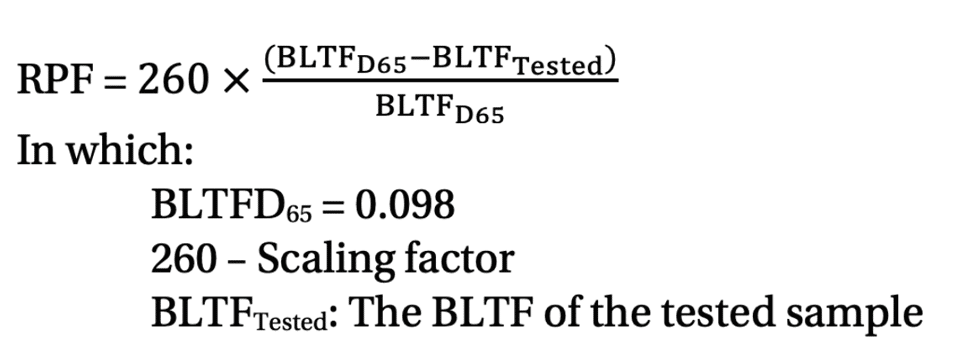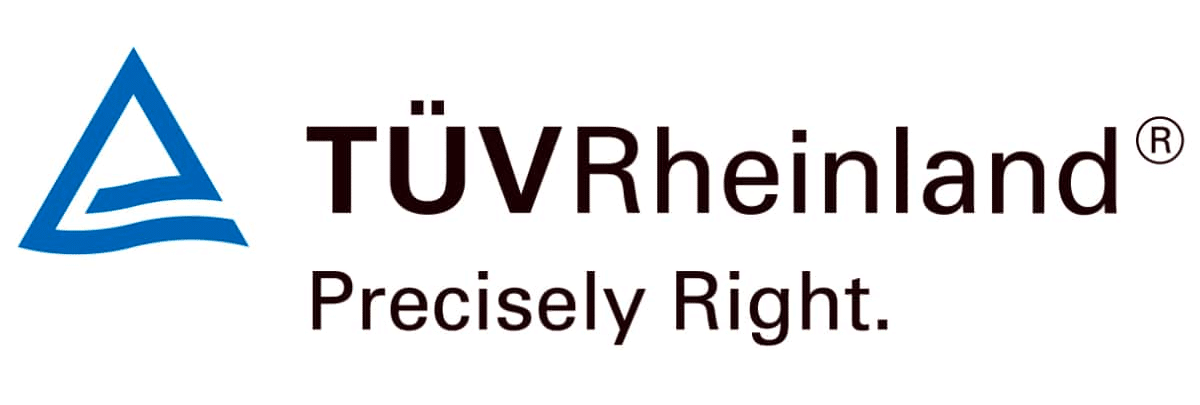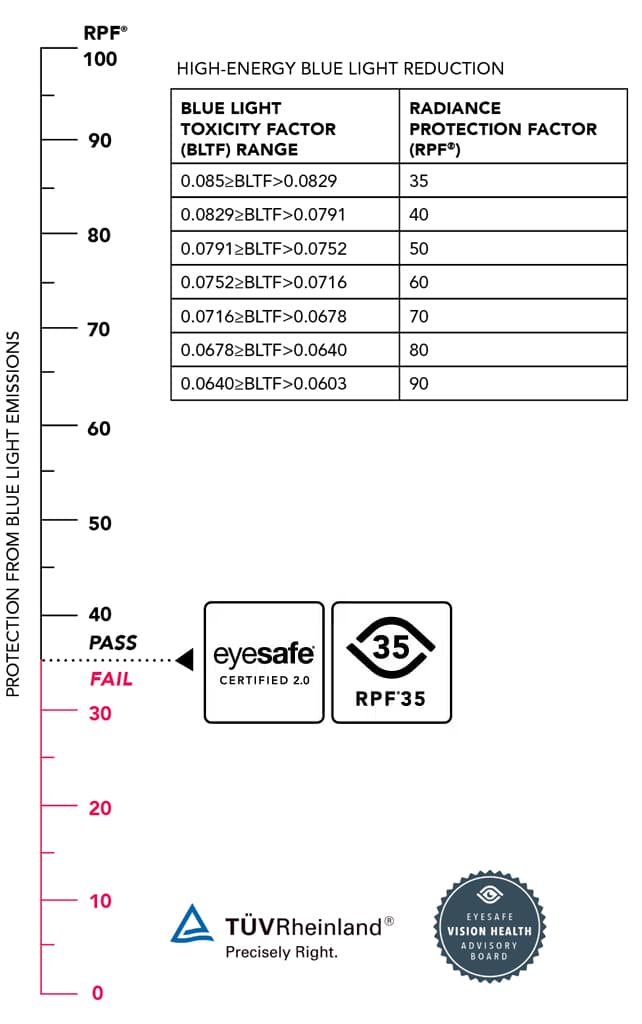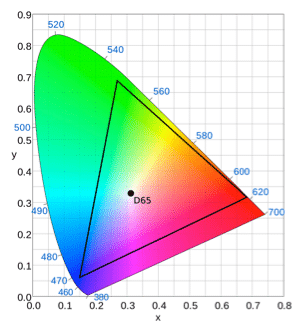RPF® Radiance Protection Factor
RPF® designates the level of high-energy blue light reduction in digital displays. Based on extensive research and optical testing, third-party verified, supported by leaders in eye care. RPF sets the industry standard for blue light protection with a comprehensive scale for evaluating efficacy and communicating value. RPF is like SPF in that higher numbers equal better protection.
Pass/Fail of certification will be at RPF35 (0.085 Blue Light Toxicity)
RPF Radiance Protection Factor for Display
BLTF is difficult to understand for the end-user because of its complexity. To translate the complex BLTF formula and resulting Eyesafe® Requirements to the end-user (consumer), Eyesafe is introducing RPF for Display. This simple metric provides a rating system to help the end-user identify and compare devices and their respective blue light emissions at a specific brightness level (200 nits). RPF for Display is calculated based on the BLTF of a display in comparison to the D65 illuminant BLTF.
D65 is widely used in the lighting industry as a baseline because it roughly corresponds to the average midday light in Western Europe and Northern Europe (comprising both direct sunlight and the light diffused by a clear sky). D65 is not a real light source, but a simulation used to represent daylight at a given day and time.
RPF is calculated using a scaling factor that is based on the current technological limits of recent LCD and OLED technologies. The goal is to provide the end-user with a number (1-100) that reflects the blue light toxicity of the display, effectively simplifying the complex blue light toxicity formula used for measurement. Similar to how Sun Protection Factor (SPF) measures protection for the skin, the RPF scale measures blue light emissions and potential risk for the eyes. The higher the number, the better — in essence, higher RPF numbers indicate a greater reduction of high-energy blue light in a display.
To meet the Eyesafe® Display Requirements for blue light emissions, a display must achieve RPF35 or higher. This is equivalent to a BLTF rating of 0.085. This requirement reflects the latest research and optical testing. It is supported by the Eyesafe Vision Health Advisory Board, a panel of world-renowned optometrists and ophthalmologists from around the world.
To learn more information about RPF and BLTF, download the white paper: “Defining Blue Light Requirements for Digital Displays”
Displays are tested for RPF by TÜV Rheinland, a global leader in independent third-party certification. TÜV Rheinland is widely respected and touted for it’s independent evaluation, testing and assessment services. Third-party certification provides end-users with the confidence that a display has been independently verified to meet the Eyesafe® Display Requirements.
RPF® Radiance Protection Factor for Accessory
Based on input from eye care professionals and key standards from the American National Standards Institute (ANSI) and the International Commission on Non-Ionizing Radiation Protection (ICNIRP), the requirements focus on blue light filtration within the narrow band of light between 435-440 nm. This wavelength carries the most risk because light is more likely to penetrate the eye’s protective structures, such as the cornea and lens, and reach the retina, as referenced by the Spectral Weighting Factors for Blue-Light Hazard as published by the International Commission on Non-Ionizing Radiation Protection (ICNIRP) in 2013, the American National Standard Institute (ANSI) Z80.3, and the CIE System for Metrology of Optical Radiation for IPRGC-Influenced Responses to Light.1
Products will be assigned an RPF® Radiance Protection Factor for Accessory ranging from RPF30 to RPF80, with higher numbers equating to better blue light protection. RPF for Accessories is identified as a factor (percentage number between 0-100) to quantify the performance of reduction of blue light hazard of a standard display product. The RPF number measures the reduction level of toxic blue light of accessory optical film at 435-440 nm with criteria for luminance and correlated color temperature (CCT). RPF for Accessory requirements will be third-party verified and may be used for marketing purposes with permission from Eyesafe. Contact us for more information.
1. American National Standards Institute (ANSI) Z80.3 and the International Commission on Non-Ionizing Radiation Protection (ICNIRP) Guidelines define the peak toxic hazard region of the blue spectrum as 435-440 nm. CIE S 026:2018 CIE System for Metrology of Optical Radiation for ipRGC-Influenced Responses to Light. International Standard. (2018). 10.25039/S026.2018 identifies 480-500 nm as the range that has the most impact on circadian rhythm.
REQUEST MORE INFORMATION ABOUT EYESAFE® STANDARDS AND CERTIFICATION
You will be contacted by Eyesafe or one of our partners with more information.






